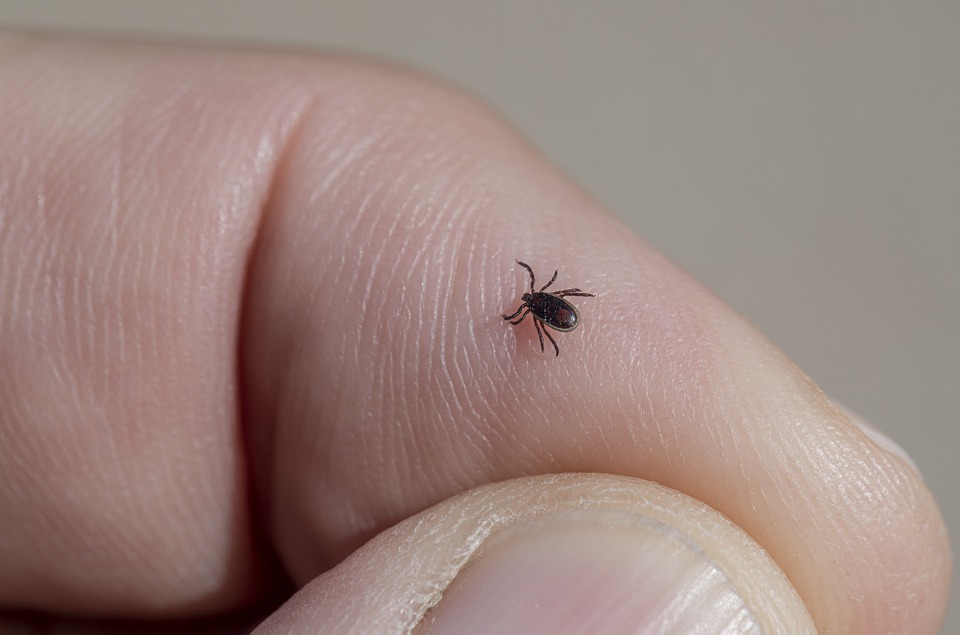Many are spending more time outside thanks to the warm weather in Muskoka, but the Simcoe Muskoka District Health Unit (SMDHU) says it’s important to be cautious.
“Research shows that greater exposure to natural environments such as parks and woodlands is associated with better health and well-being, but people may worry about spending extended time outdoors in natural environments when they hear reports about ticks carrying Lyme disease or mosquitoes spreading West Nile Virus,” says Dr. Charles Gardner, SMDHU’s medical officer of health. “The risk of Lyme disease, transmitted by black-legged ticks, and West Nile Virus, carried by certain mosquitoes, is increasing throughout Simcoe Muskoka because of the warmer temperatures brought on by climate change.”
Health officials say to lower your risk of being exposed to tick or mosquito bites you can:
- Wear light-coloured, long-sleeved shirts and pants, and shoes with closed toes, and tuck your pant cuffs into your socks when outdoors in grassy or wooded areas. Light-coloured clothing makes ticks easier to see.
- Use insect repellent. Before applying it, make sure it is registered in Canada, read the label, and follow directions. The label will specify what pests the product will protect you from.
- Check your entire body, as well as other family members and pets for ticks after being outdoors. For those hard-to-see places, use a mirror, or ask someone to check for you. If you find a tick, remove it as soon as possible. After removing the tick, use eTick.ca for tick identification and follow the guidance provided.
- Keep ticks and mosquitoes away from your home and garden by getting rid of standing water and keeping grass, brush and weeds short. Move woodpiles and bird feeders away from the house.
Health officials suggest wearing a wide-brimmed hat and loose, long-sleeved shirts and pants, along with wearing sunscreen. The sun protection factor should be 30 or higher and should be reapplied every couple of hours. It’s also suggested by SMDHU to wear sunglasses with lenses that protect against Ultraviolet A and B.
“Warmer weather also means more exposure to heat and harmful rays from the sun,” Gardner continues. “To avoid heat-related illness such as heat stroke, stay hydrated and look for cool, shaded areas when the sun is out.”



